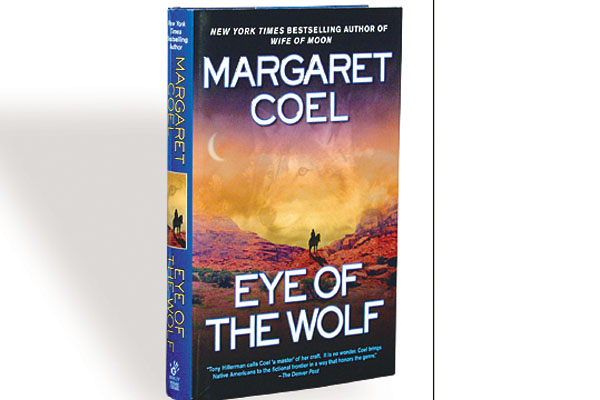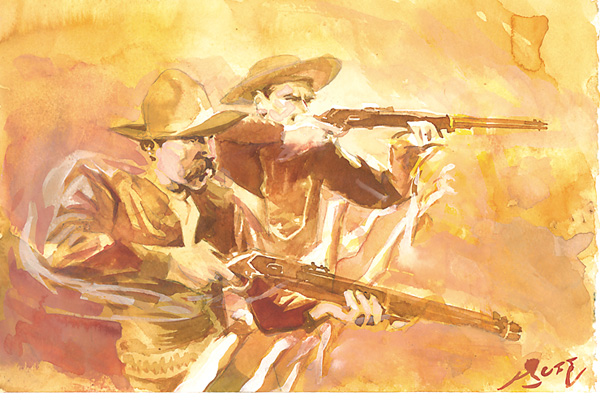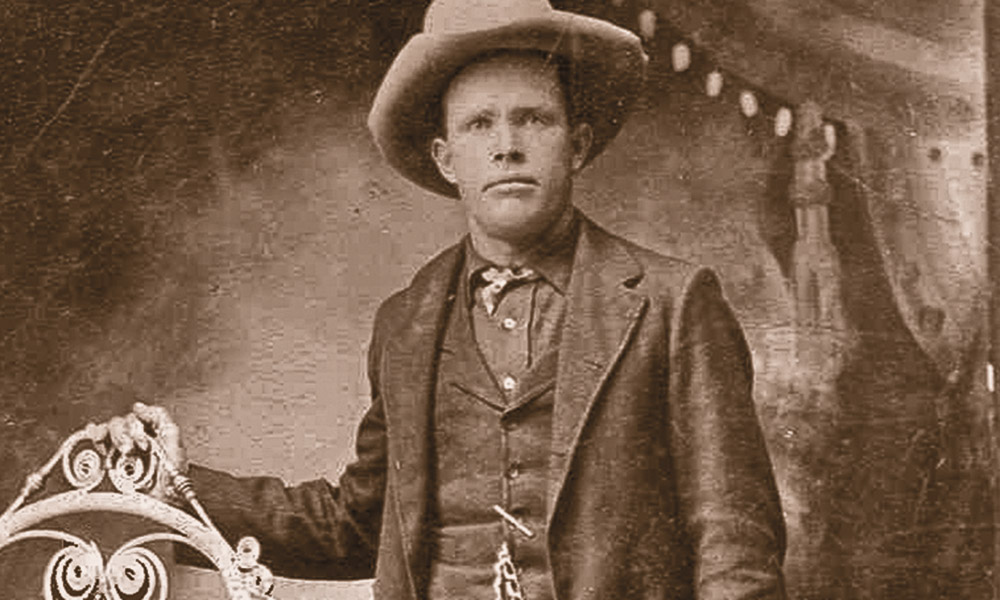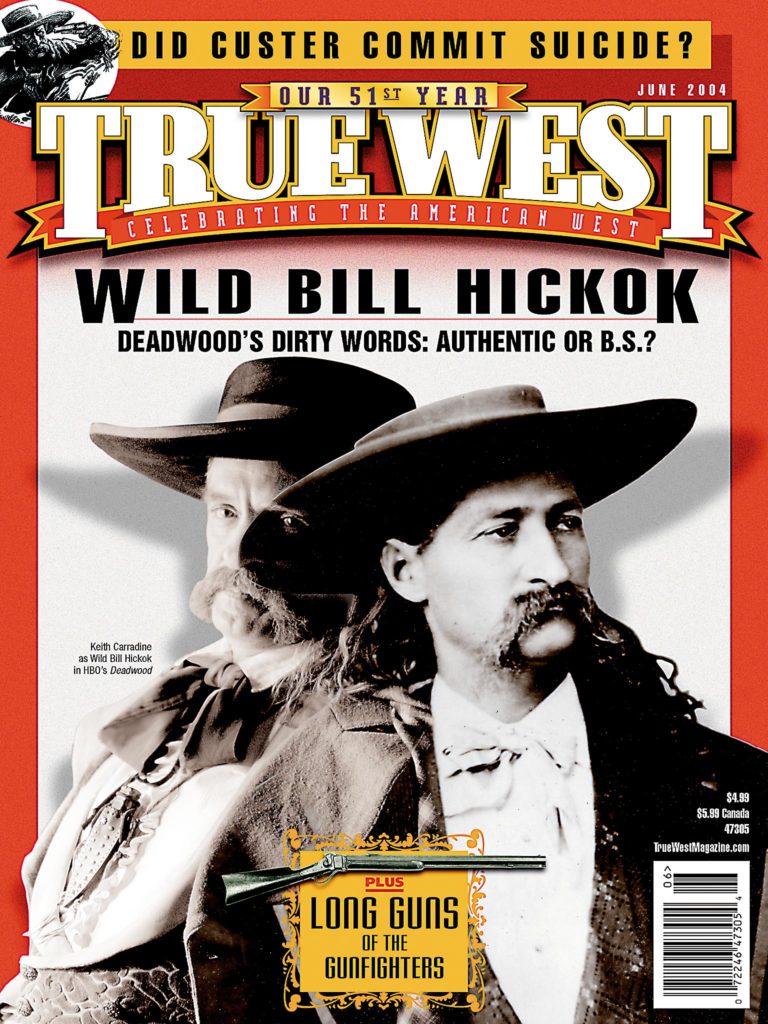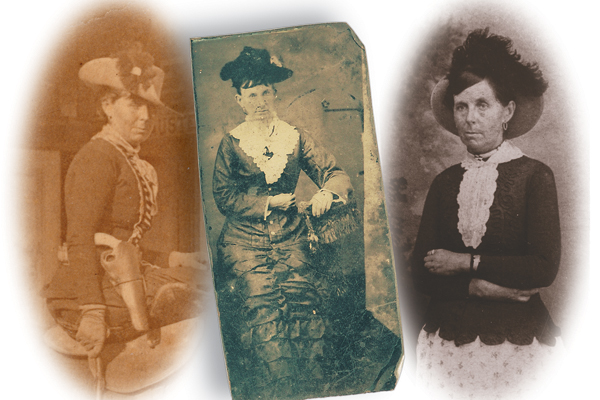 We’ve all heard that a picture is worth a thousand words. But in the case of the purported tintype of Belle Starr, which sold for $7,000 during Brian Lebel’s 14th Annual Cody Old West Show & Auction on June 26-28, 2003, a picture has generated a thousand words.
We’ve all heard that a picture is worth a thousand words. But in the case of the purported tintype of Belle Starr, which sold for $7,000 during Brian Lebel’s 14th Annual Cody Old West Show & Auction on June 26-28, 2003, a picture has generated a thousand words.
The image appeared in Collecting the West in the Nov/Dec 2003 issue of True West, which covered the auction. The caption to the photo stated, “Brian Lebel was upfront about the image’s unknown provenance, but Robert G. McCubbin [True West publisher and noted Old West photo collector] says that based on known pictures of Starr, he does not think the photograph is of her. McCubbin adds that all [old] photos are genuine antiques, but identifying an individual subject
in a photo is judgmental, which is why provenance or contemporary identification are needed for full authentication.”
That comment elicited a letter from Donald M. Yena, a former owner of the photo, questioning McCubbin’s opinion.
Here then, are Yena’s letter and McCubbin’s response. We’ve also included two verified images of Belle Starr and the image sold at Brian Lebel’s auction so that you can compare them and come to your own decision about who is right.
It’s Belle Starr!
By Donald M. Yena
About the great tintype image of Belle Starr in Collecting the West, Nov/Dec 2003, and Mr. McCubbin’s comment “I don’t think it is her”—My God!—Stevie Wonder could see it’s Belle Starr!
Mr. McCubbin might find it interesting the Belle Starr in the photograph is wearing what must have been her favorite (or only) large loop ear jewelry seen in other known photos of her. The manner of dress is also very correct for her. In other words, he has so much as admitted by his comment that he doesn’t know if it is or isn’t—so why make such a comment about it not being her?
Mr. McCubbin further states that for a photo to be authentic it should be identified on photograph and have logical provenance. Since when does any writing or inscription on a photograph in this day and age render photographs as authentic? I assume if someone had scratched the name Belle Starr on the back of this great old tintype and rusted it up a little it would have been blessed as authentic by Mr. McCubbin.
About McCubbin’s mention of “logical” provenance. This great image turned up at Bussy’s Flea Market near San Antonio, Texas, some time back. I understand the price was about $20. I acquired the photo soon after it was found (but to me the price was not $20).
It is my understanding that the seller of the photograph, Brian Lebel, had several very knowledgeable persons judge the photo as authentic.
There is a new saying about experts going around the collecting circles: “I didn’t find it, I haven’t owned it, I haven’t sold it, I didn’t have a chance to get it and I haven’t seen it before—therefore, it just can’t be authentic.”
In My Opinion, it’s Not.
Mr. Yena takes exception to my opinion that the tintype in question is not Belle Starr. He has provided the additional information that the photo has no helpful provenance, having been found in a flea market with no identification. So the assumption it is Belle must be based on a visual comparison with known photos. I have provided the two authentic photos of Belle that I used for comparison. I leave it to others to look at them and decide if the tintype is Belle Starr. (In particular, note the nose and the upper lip.) Frankly, I think Stevie Wonder is the only person who could conclude it is her!
There is no question that this is an authentic tintype of circa 1870s. Thus, one would expect the lady to be wearing jewelry and clothing popular in that time. My statement regarding contemporary (belonging to the same period of time) identification on the photo meant that it is very helpful toward a real “authentication.” I agree with Mr. Yena that a name “scratched” on the back of a tintype is not useful. Even if the tintype is still in its paper sleeve, any identification on it has to be carefully examined to ensure that it is not of recent origin.
Mr. Yena apparently has or had a financial interest in the photo, and I don’t think he is looking at it objectively. I have no interest involved except history. It does not serve history to have misidentified photos published. I was at the auction and could have purchased the tintype, but it is simply a photo of an unidentified lady … in my opinion.
A much truer saying than the one given by Mr. Yena is, “I own it … therefore, it must be authentic.”


